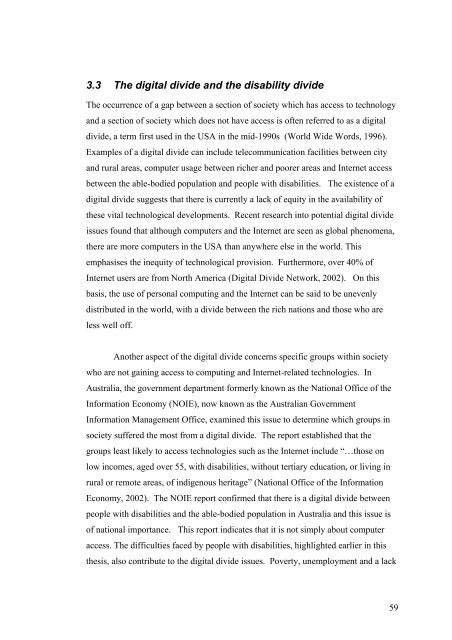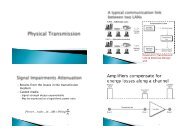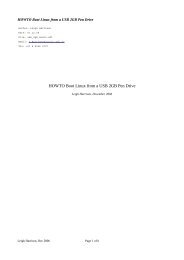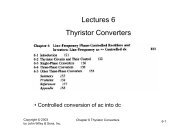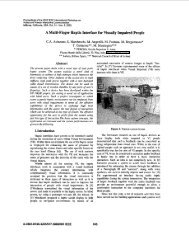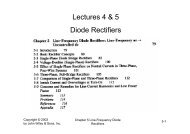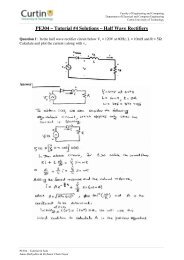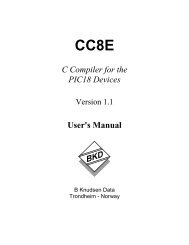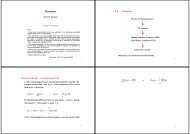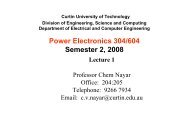2007 PhD Thesis Final Revised.pdf - Curtin University
2007 PhD Thesis Final Revised.pdf - Curtin University
2007 PhD Thesis Final Revised.pdf - Curtin University
You also want an ePaper? Increase the reach of your titles
YUMPU automatically turns print PDFs into web optimized ePapers that Google loves.
3.3 The digital divide and the disability divide<br />
The occurrence of a gap between a section of society which has access to technology<br />
and a section of society which does not have access is often referred to as a digital<br />
divide, a term first used in the USA in the mid-1990s (World Wide Words, 1996).<br />
Examples of a digital divide can include telecommunication facilities between city<br />
and rural areas, computer usage between richer and poorer areas and Internet access<br />
between the able-bodied population and people with disabilities. The existence of a<br />
digital divide suggests that there is currently a lack of equity in the availability of<br />
these vital technological developments. Recent research into potential digital divide<br />
issues found that although computers and the Internet are seen as global phenomena,<br />
there are more computers in the USA than anywhere else in the world. This<br />
emphasises the inequity of technological provision. Furthermore, over 40% of<br />
Internet users are from North America (Digital Divide Network, 2002). On this<br />
basis, the use of personal computing and the Internet can be said to be unevenly<br />
distributed in the world, with a divide between the rich nations and those who are<br />
less well off.<br />
Another aspect of the digital divide concerns specific groups within society<br />
who are not gaining access to computing and Internet-related technologies. In<br />
Australia, the government department formerly known as the National Office of the<br />
Information Economy (NOIE), now known as the Australian Government<br />
Information Management Office, examined this issue to determine which groups in<br />
society suffered the most from a digital divide. The report established that the<br />
groups least likely to access technologies such as the Internet include “…those on<br />
low incomes, aged over 55, with disabilities, without tertiary education, or living in<br />
rural or remote areas, of indigenous heritage” (National Office of the Information<br />
Economy, 2002). The NOIE report confirmed that there is a digital divide between<br />
people with disabilities and the able-bodied population in Australia and this issue is<br />
of national importance. This report indicates that it is not simply about computer<br />
access. The difficulties faced by people with disabilities, highlighted earlier in this<br />
thesis, also contribute to the digital divide issues. Poverty, unemployment and a lack<br />
59


